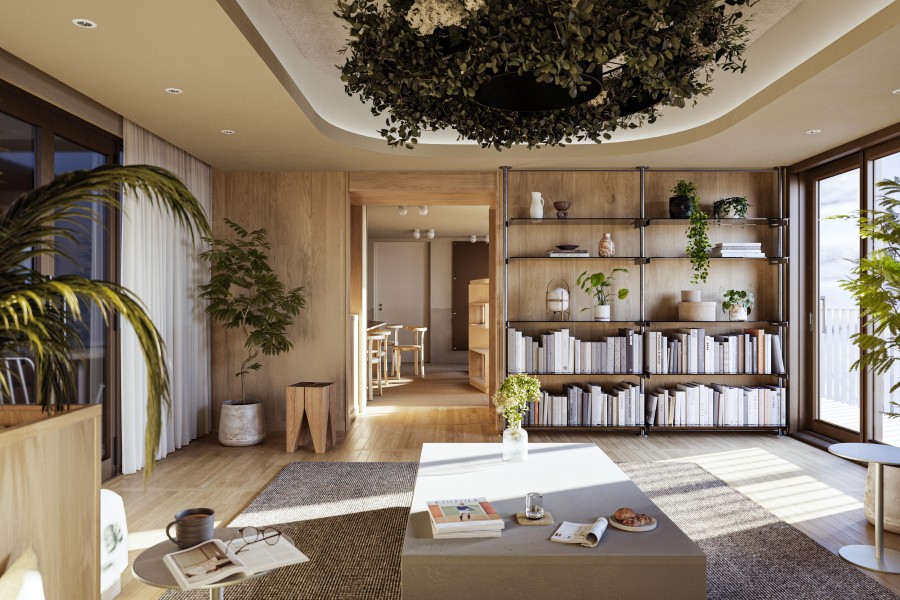
In the past, share houses typically involved multiple people sharing a single house or apartment unit, with common areas like the living room, kitchen, and wet areas (bathrooms and toilets) being used jointly. However, in recent years, a new style of share house has emerged where each private room comes fully equipped with a kitchen, shower, washbasin, and toilet, and such properties have been on the rise.
These residences, called "co-living rentals" or "social apartments" or "social mansions," combine the best of traditional rental apartments and share houses, offering a new style of solo living.
"Co-living" refers to housing that is not just a simple share house but an integrated live-work space where residential and work spaces are combined. The common areas feature comfortable workspaces and well-appointed shared kitchens and lounges, while each private room comes furnished (with a bed, refrigerator, etc.) and includes its own shower, toilet, and washbasin. In other words, it is a living environment that achieves a balance between "work" and "life" and ensures privacy—things that were difficult in traditional share houses—while still providing moderate interaction with others.
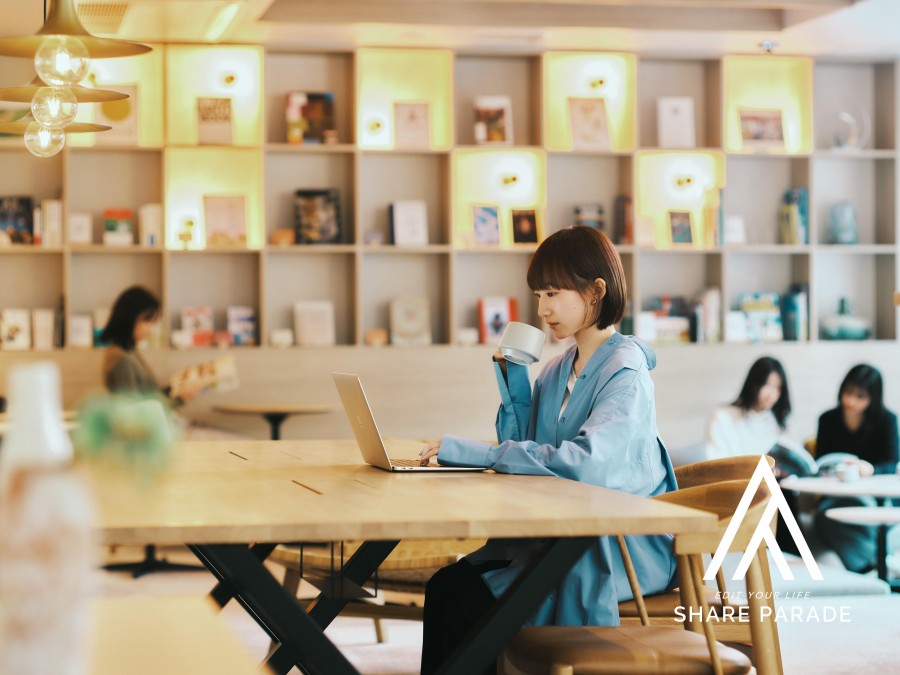
The rise of co-living rentals and social apartments is rooted in changes in society and lifestyle. In particular, after the COVID-19 pandemic, the rapid spread of working from home and remote work has diversified work styles, while high inflation and soaring rents have increased the burden of living alone in urban areas. Especially among people in their 20s and 30s, there has been a growing demand for new value that cannot be obtained from conventional studio apartments or older share houses, leading to a need for housing options that offer proximity to the workplace while keeping living costs down.
In fact, the co-living market has been expanding, especially in Western countries, and it is predicted that from 2022 to 2028 the global co-living market size will grow at an average of around 30% per year. In Japan as well, the supply of share-style rental housing has been gradually increasing, mainly in Tokyo, and major real estate companies have begun to enter the market with large, newly built co-living projects. For example, Nomura Real Estate will open "TOMORE Shinagawa Nakanobu" in 2025 with a total of 135 units, and large-scale (100+ units), newly built share properties are a rare presence—making up only about 0.5% of all share houses in Tokyo. In this way, the anticipation for high-quality, large share properties that have been in short supply has helped spur the emergence of co-living rentals.
Considering all of the above, co-living rentals and social apartments are especially well-suited for people like those below.
Finally, here are 7 specific co-living properties that we recommend. Each property has its own unique features, so please consider them for comparison in your search.
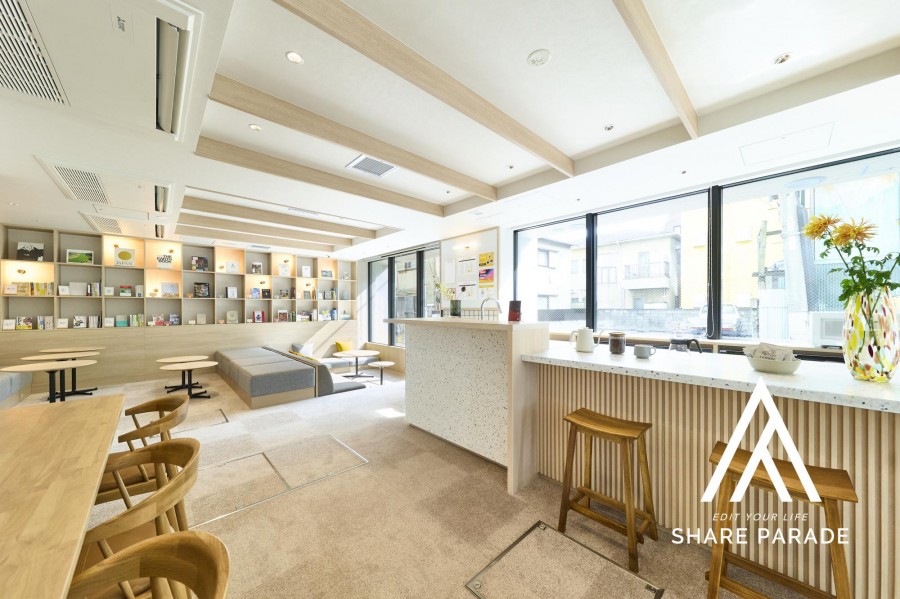
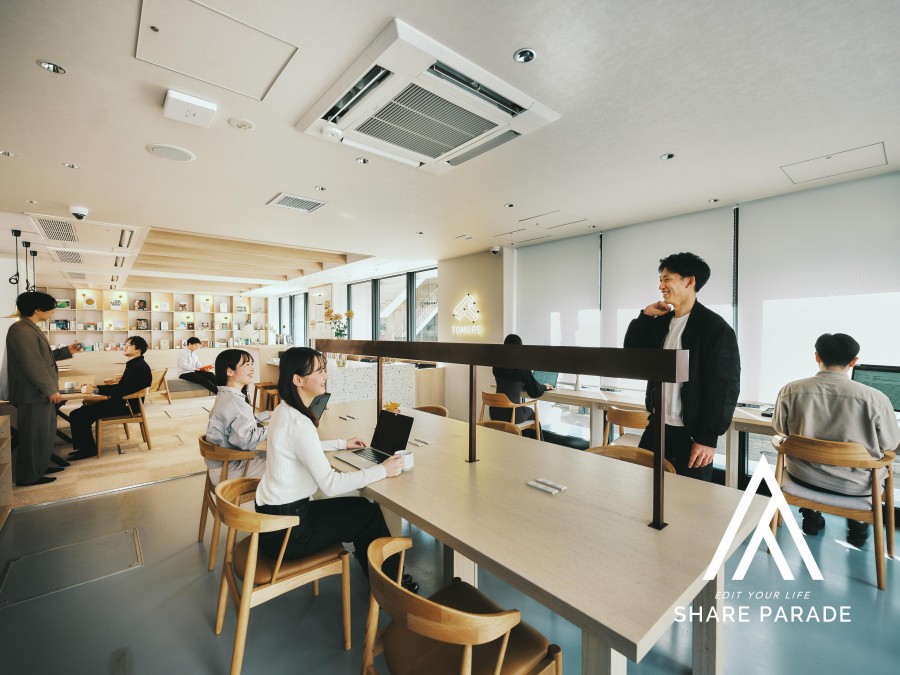
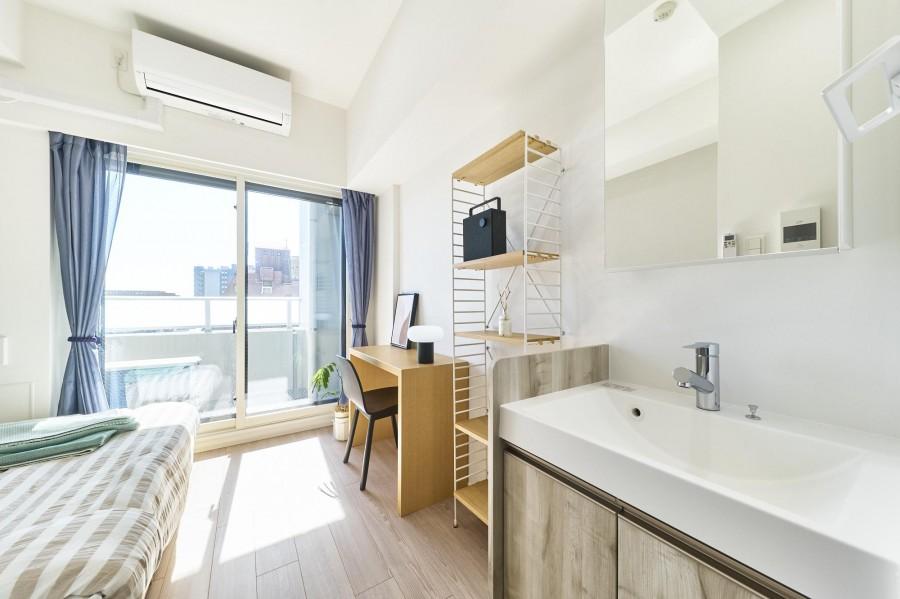
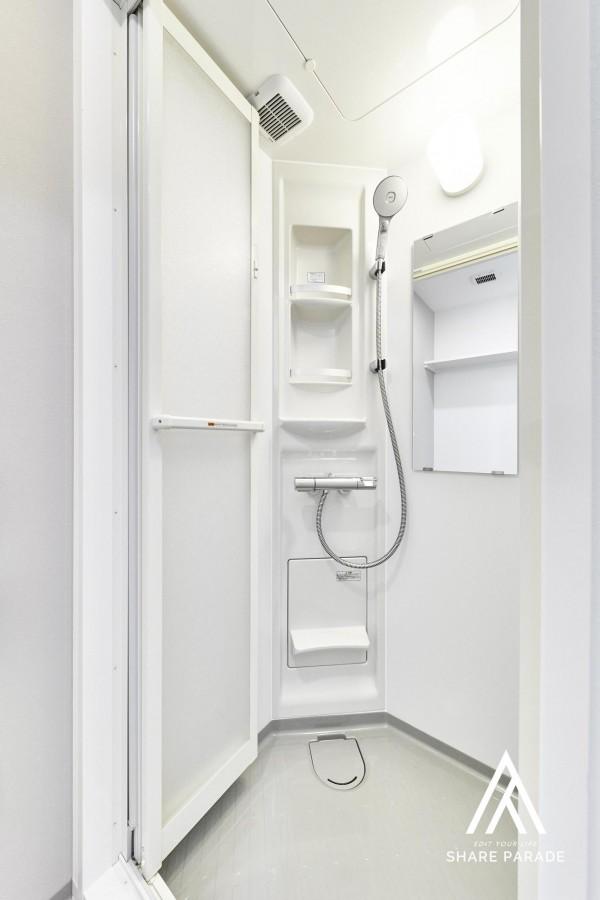
This is the first large co-living residence developed by Nomura Real Estate. Boasting an excellent location just a 1-minute walk from Toei Asakusa Line "Nakanobu" Station, it’s an 11-story building with 135 units that leverages its scale to offer impressive shared facilities. On the first floor is an approximately 85 m² co-working space available 24/7, and on the 7th floor is a co-living lounge of nearly 100 m² with a rooftop balcony—an open space where events and workshops can also be held. A dedicated **Community Organizer (management staff)** is stationed on-site to support interactions among residents.
The private rooms are compact at about 12–15 m², but they include storage comparable to a studio apartment and are designed for comfortable living. Each room has a shower booth, toilet, and independent washbasin, ensuring complete privacy for your personal needs. Some units even come with bathtubs or fully furnished plans, allowing those trying a share-style rental for the first time to settle in comfortably. However, there is no kitchen in the private rooms; instead, cooking is done in the shared large kitchen (equipped with 5 induction stove tops). The shared kitchen is intended as a place where residents can enjoy cooking together, likely sparking interaction. With the sophisticated space design and latest amenities that only a major developer can provide, this is a truly authentic co-living residence for those seeking a high-quality experience.
>>In-Room Water Facilities<<
| Kitchen | Washbasin | Toilet | Shower | Bathtub |
| No | Yes | Yes | Yes | Some |
| Property | : | TOMORE Shinagawa Nakanobu |
| Eligibility | : | Co-ed OK Foreigners OK |
| Rent | : | 85,000 ~ 147,000 yen |
| Common Fee | : | 15,000 yen |
| Rooms | : | 135 rooms |
| Access | : | Toei Asakusa Line "Nakanobu" Station - 1-minute walk |

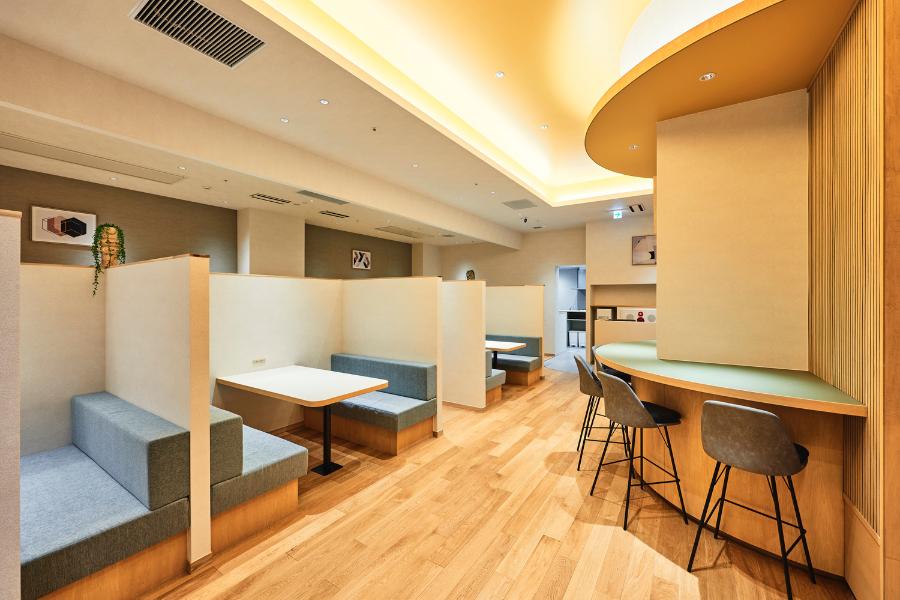
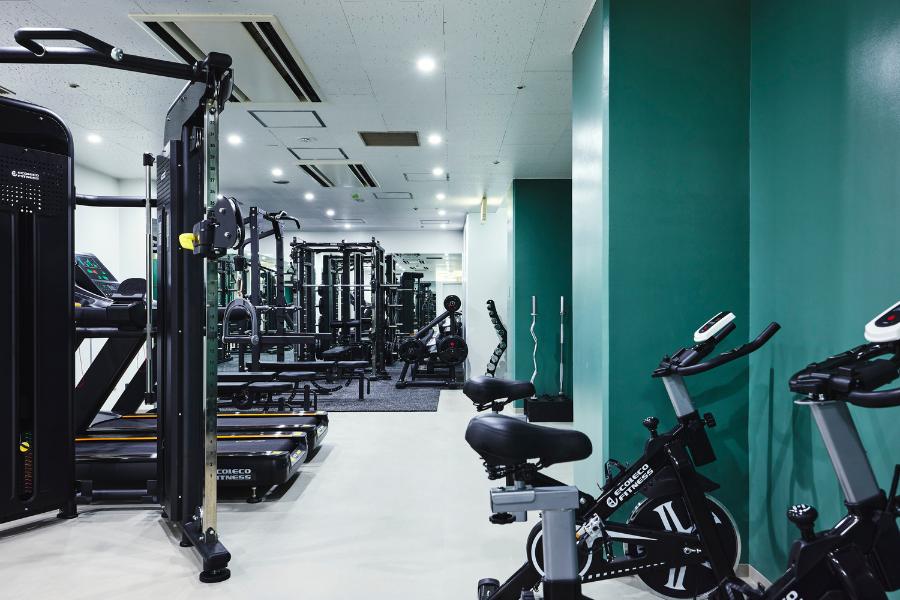
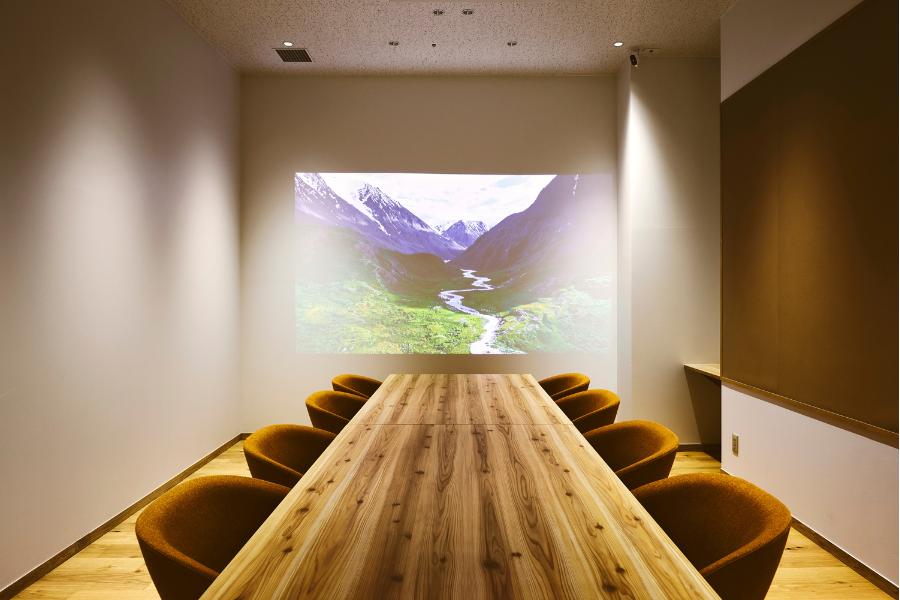
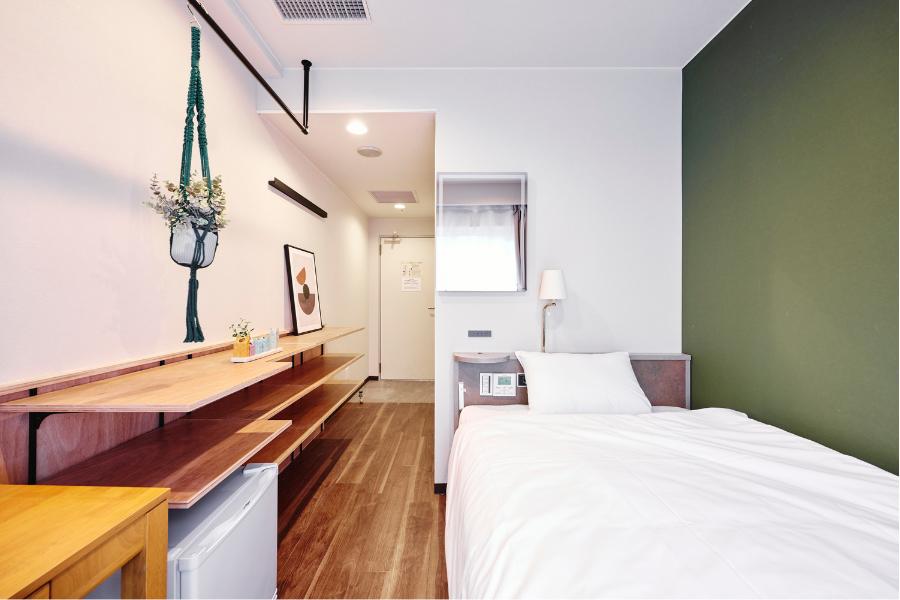
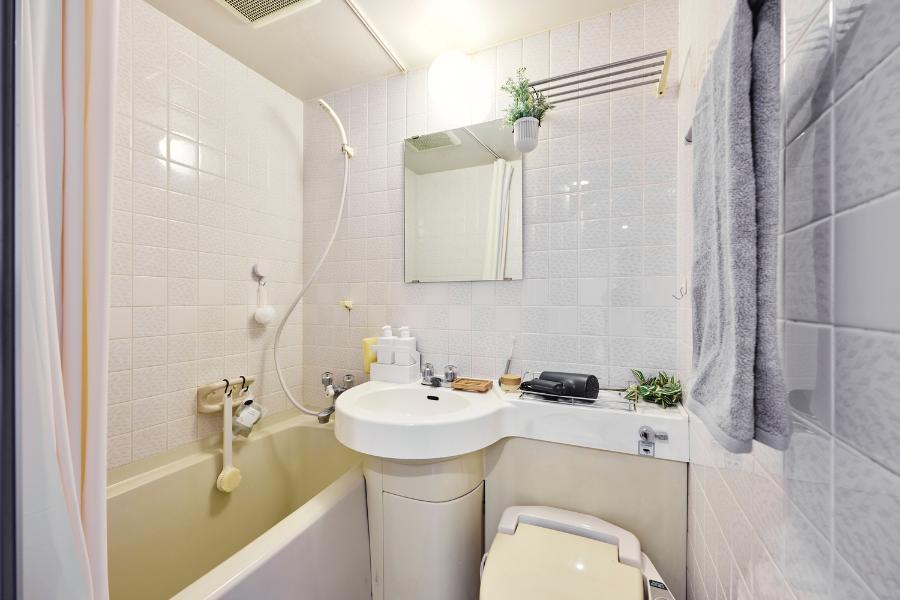
This co-living property under the "THE DAY" brand opened in 2023 in the old downtown (shitamachi) Asakusa area. Located a 4-minute walk from Asakusa Station on the Tokyo Metro Ginza Line, it boasts a superb location with Kaminarimon and the Sumida River within walking distance. The building offers a fitness gym, a workspace, and even a meeting lounge, enabling residents to fulfill both work and leisure in one place. The shared living area is spacious and open, and from the rooftop terrace you get a panoramic view of the Asakusa cityscape. It blends the nostalgic shitamachi atmosphere with the comfort of modern facilities.
Another notable feature is its hotel-like services. For example, free rice is provided, laundry detergent is supplied at no cost, and there’s a weekly linen exchange service—thoughtful touches that busy professionals will appreciate. The property has 38 rooms in total (including a large room accommodating 2 people), all of which come furnished with appliances and have private water facilities. Each room is equipped with its own shower room, bidet toilet, and washbasin, with ample storage space. Cooking is primarily done in the shared island kitchen. This property offers a lifestyle that combines the warmth of Asakusa’s traditional neighborhood with the convenience of contemporary living, making it especially appealing to adults.
>>In-Room Water Facilities<<
| Kitchen | Washbasin | Toilet | Shower | Bathtub |
| No | Yes | Yes | Yes | Yes |
| Property | : | THE DAY Asakusa Kaminarimon |
| Eligibility | : | Co-ed OK Foreigners OK |
| Rent | : | 99,000 ~ 150,000 yen |
| Common Fee | : | 21,000 yen |
| Rooms | : | 65 rooms |
| Access | : | Tokyo Metro Ginza Line "Asakusa" Station - 4-minute walk |
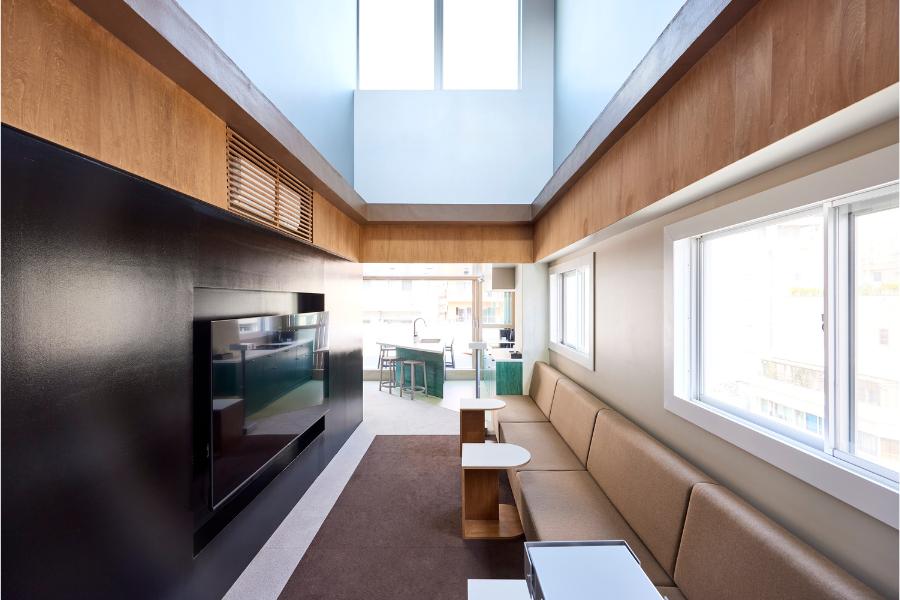

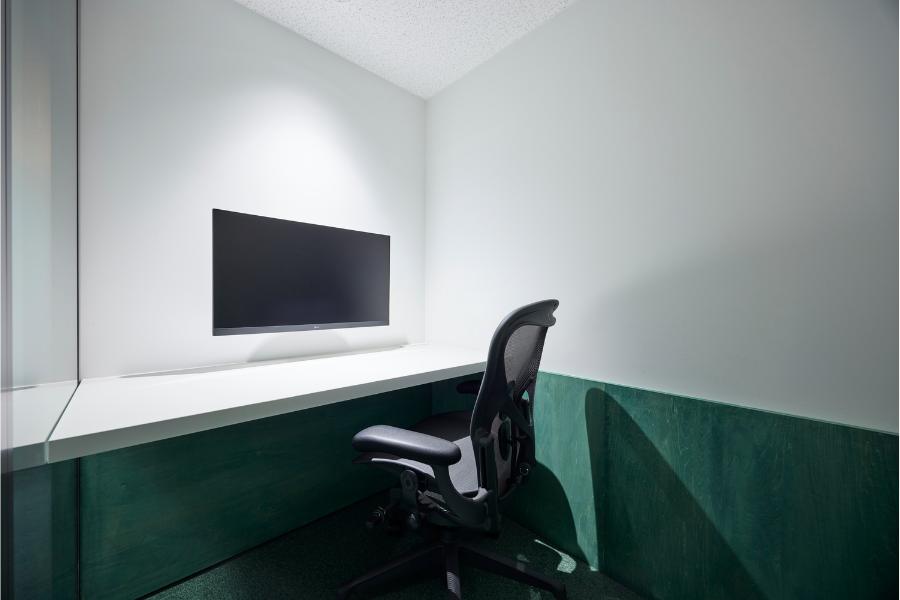
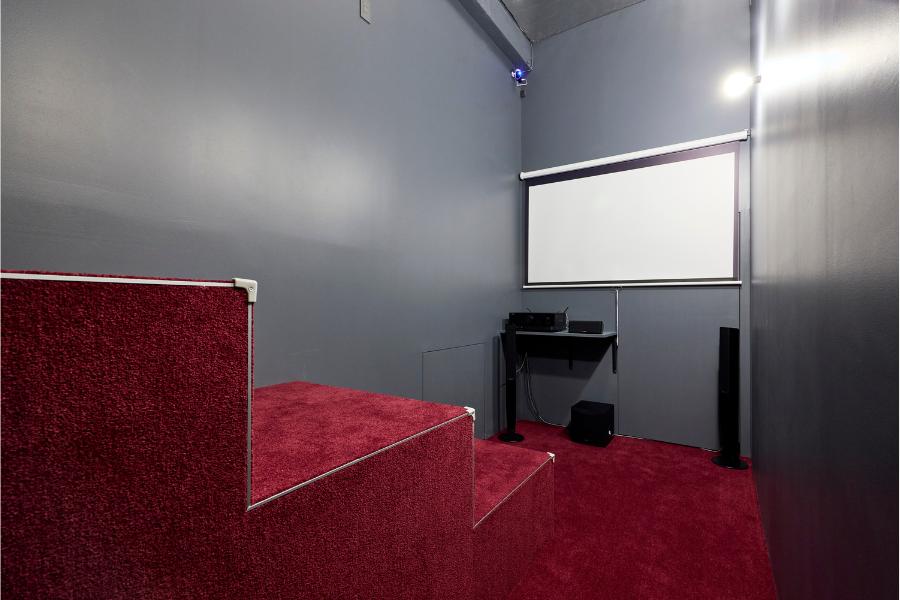
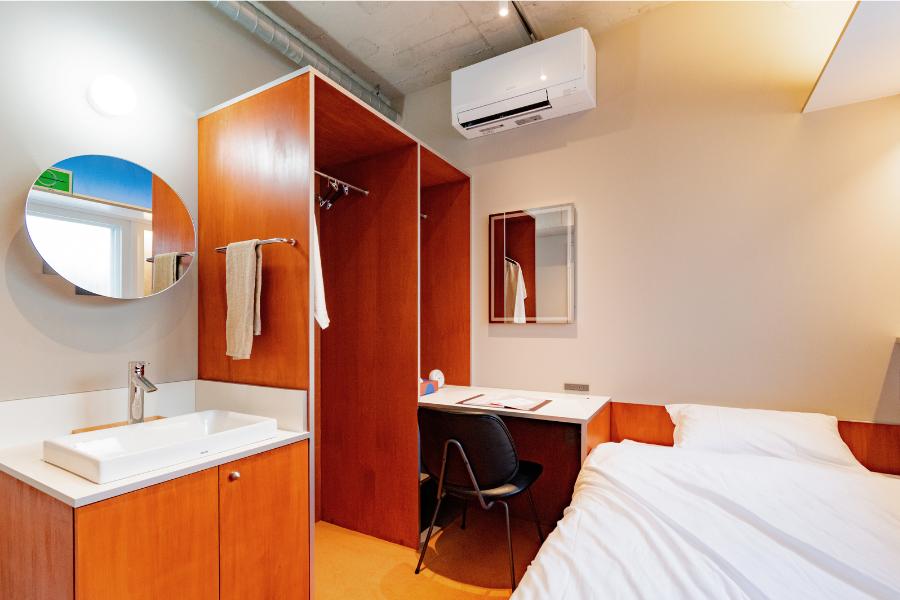
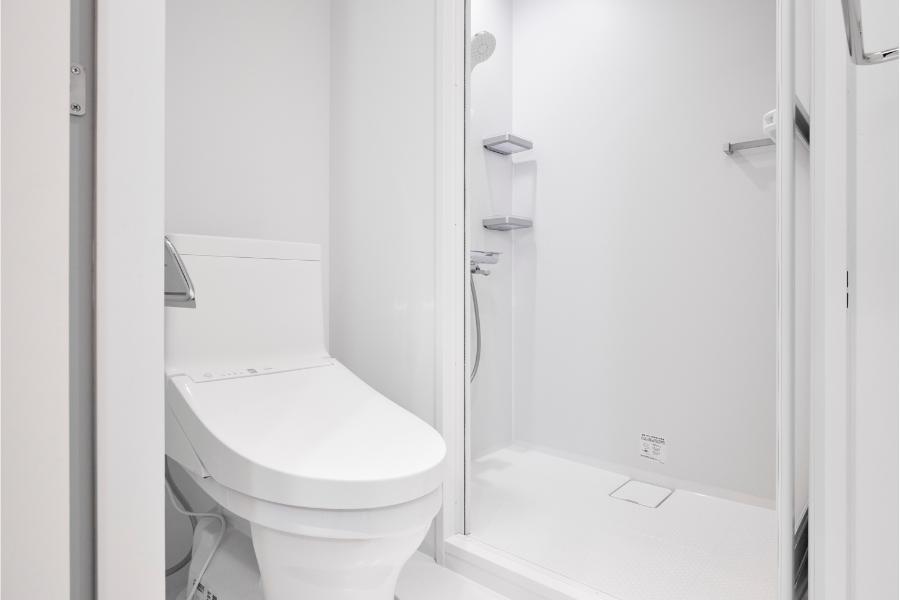
This co-living property is superbly located just a 1-minute walk from Otsuka Station on the Yamanote Line in central Tokyo. Opened in 2024 with 38 rooms across 7 floors, it emphasizes well-designed workspaces like its sister property in Asakusa. On the 2nd floor, there are 5 individual booth-style work rooms each equipped with a large monitor, allowing residents to concentrate on telework. The 7th-floor shared living area features a lofty ceiling and an open terrace, giving it the feel of a stylish cafe lounge. On the 8th floor, there’s even a theater room with a big screen & high-quality speakers, ensuring you have plenty to enjoy both work and leisure.
The rooms come in 9 layout variations, averaging around 10–13 m², compact but packed with storage thanks to large closets and even smart mirrors with integrated functions. Naturally, every room has a unit bath with a shower, toilet, and sink, so privacy is maintained. Some rooms are furnished and can accommodate two people, making it possible for couples to live here as well. You also get to enjoy the signature THE DAY perks like free rice, complimentary detergent, and linen exchange services. It’s a next-generation share house where people working hard in the city can efficiently use their time and space.
>>In-Room Water Facilities<<
| Kitchen | Washbasin | Toilet | Shower | Bathtub |
| No | Yes | Yes | Yes | No |
| Property | : | THE DAY Otsuka |
| Eligibility | : | Co-ed OK Foreigners OK |
| Rent | : | 89,000 ~ 137,000 yen |
| Common Fee | : | 21,000 yen |
| Rooms | : | 38 rooms |
| Access | : | JR Yamanote Line "Otsuka" Station - 1-minute walk |

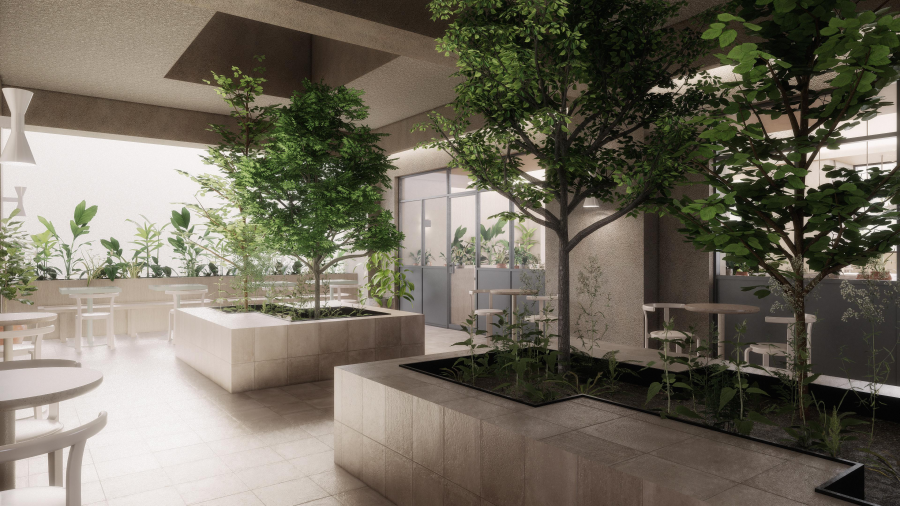
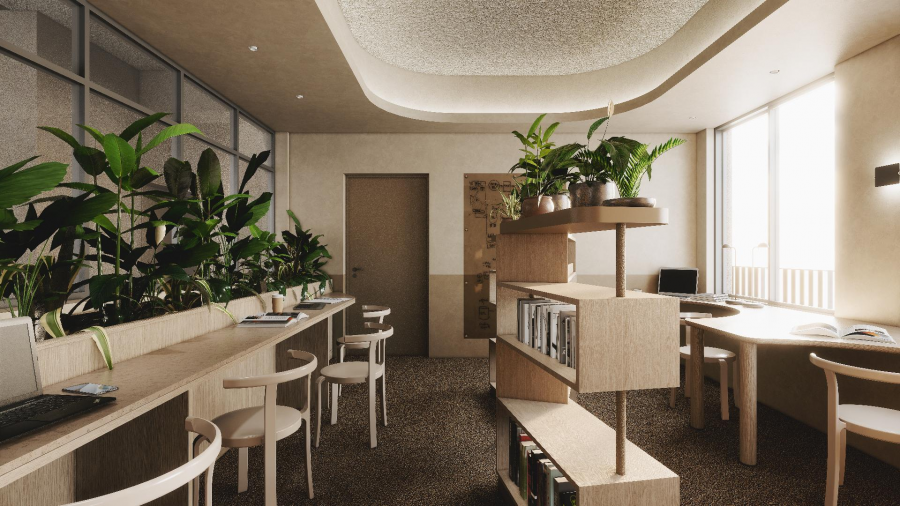
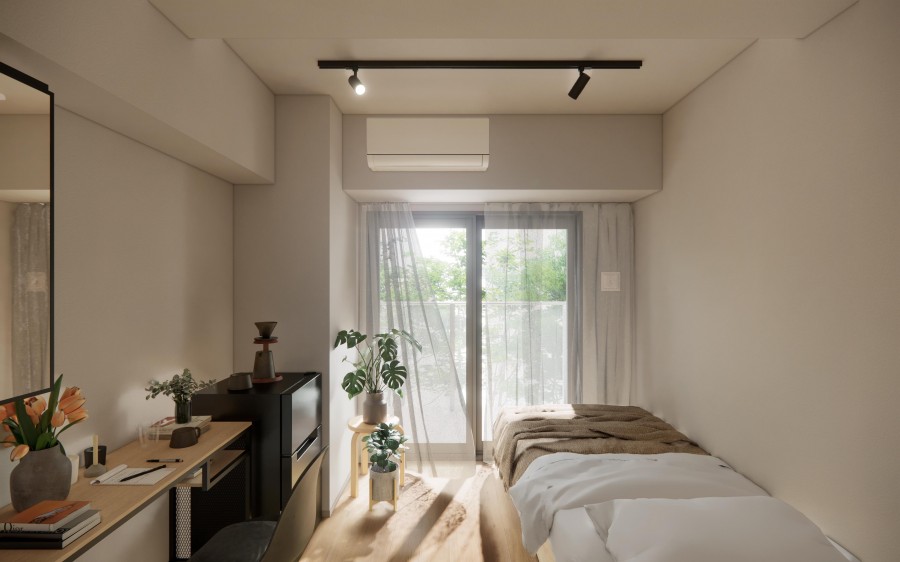
"HAUN" is a new co-living brand focused on comfort, and this Kuramae location is its second large project (opened in September 2025 with 110 units). It’s situated in a peaceful, traditional downtown area near the Sumida River and Asakusa, just a 6-minute walk from Kuramae Station on the Toei Asakusa and Oedo Lines. The highlight is an enormous common area of over 300 m² spread across an entire floor, divided into five distinct spaces. There’s a spacious kitchen bathed in morning light, a lounge with comfortable sofas for relaxing, a library-like area perfect for reading or remote work, a central terrace filled with greenery, and a dining area for large group meals—allowing you to choose your spot based on your mood or needs. On the ground floor, there’s even a chic coffee stand open to the public, making the building a community hub for the neighborhood.
The private units are studio-type rooms around 14–15 m², each with a bright, refined interior characteristic of new construction. Every room comes complete with a separate washbasin, shower room, and bidet toilet, so the wet area is fully self-contained. Deliberately, mini-kitchens are not installed in the rooms to encourage cooking in the first-floor shared kitchen, promoting interaction. As a result, your room remains simple with just a bed and desk maximizing usable space, and storage is cleverly integrated under the bed or on walls. With air conditioning, a mini-fridge, Wi-Fi, and other essentials provided from day one, you can live comfortably from the moment you move in. The space is designed so that residents can build relationships that are "not too close, not too distant," and even those who are shy have found it comfortable. It’s a large-scale, next-generation share residence earning a reputation as a place where you can feel at ease.
>>In-Room Water Facilities<<
| Kitchen | Washbasin | Toilet | Shower | Bathtub |
| No | Yes | Yes | Yes | No |
| Property | : | HAUN Kuramae |
| Eligibility | : | Co-ed OK Foreigners OK |
| Rent | : | 99,000 ~ 120,000 yen |
| Common Fee | : | 25,000 yen |
| Rooms | : | 110 rooms |
| Access | : | Toei Oedo Line / Asakusa Line "Kuramae" Station - 6-minute walk |

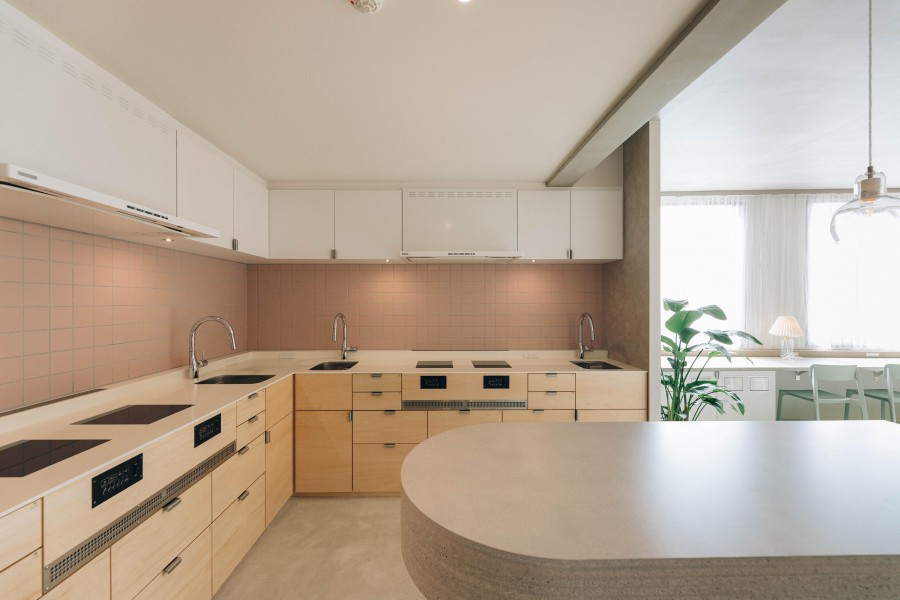
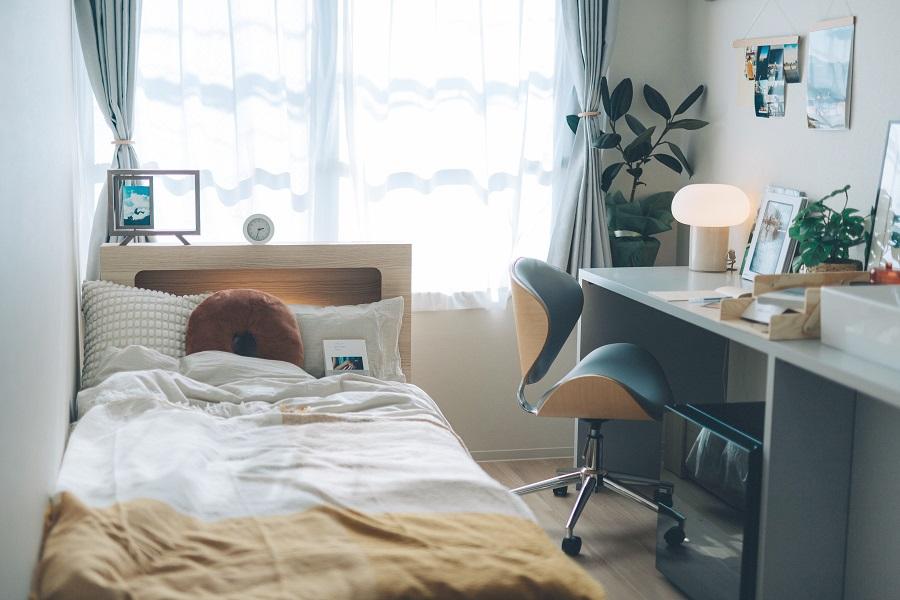
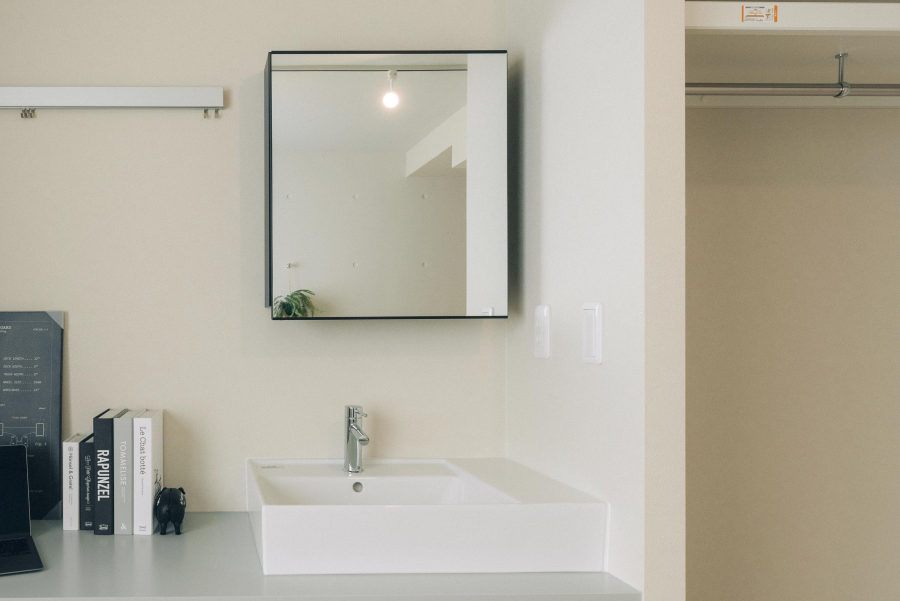
The first HAUN property (Tabata) is a co-living rental that opened in March 2024 with 61 rooms. Located a 6-minute walk from Tabata Station on the JR Yamanote and Keihin-Tohoku Lines, it offers convenient city access while being nestled in a quiet residential neighborhood. It even won a 2024 Good Design Award, recognized as a new model of housing that merges the share house concept with a traditional apartment for singles. The concept is "not too close, not too far—just the right distance for shared living." The building’s centerpiece is a large central table and a small elevated tatami area, along with counter seating, all arranged so that sight lines naturally intersect just enough. Abundant natural light, air flow, and indoor greenery, plus the use of natural materials, give the interior a modern yet warm feel.
Each private room is about 10–13 m², and every room comes with a separate washbasin, bidet toilet, and shower room, offering functionality on par with a typical studio apartment. Rooms are furnished with a bed, desk, and storage, so you can literally move in with just a suitcase and start living right away. There’s no kitchen in the individual rooms; instead, a large shared kitchen on the ground floor is equipped with professional-grade appliances, creating a space where residents can enjoy cooking together. The thoughtful design throughout the property encourages residents to naturally see each other and interact without pressure, fostering a moderate sense of community. It’s a new form of collective housing that fulfills the wish, "I want my own time, but I also want connections with people."
>>In-Room Water Facilities<<
| Kitchen | Washbasin | Toilet | Shower | Bathtub |
| No | Yes | Yes | Yes | No |
| Property | : | HAUN TABATA |
| Eligibility | : | Co-ed OK Foreigners OK |
| Rent | : | 91,000 ~ 101,000 yen |
| Common Fee | : | 25,000 yen |
| Rooms | : | 61 rooms |
| Access | : | JR Yamanote Line / Keihin-Tohoku Line "Tabata" Station - North Exit, 6-minute walk |
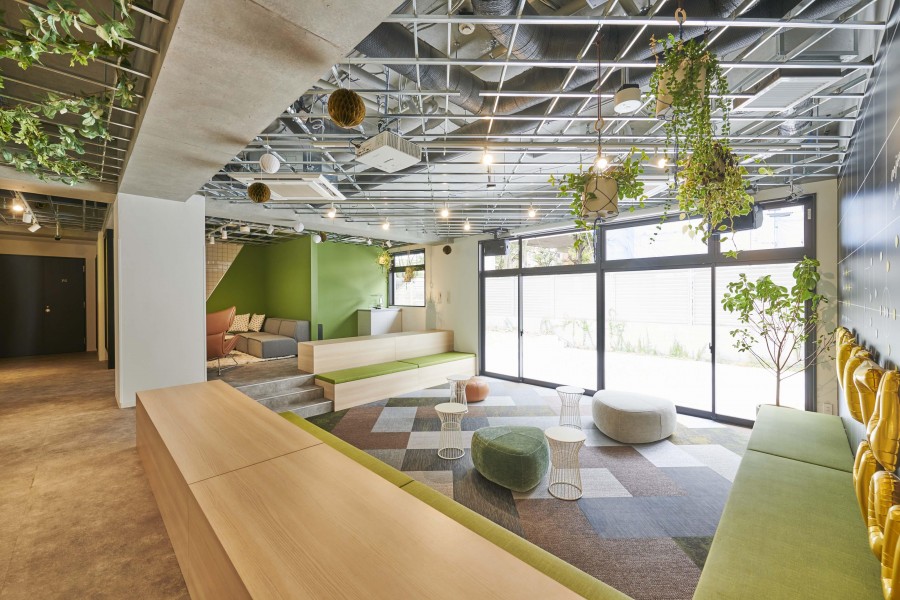

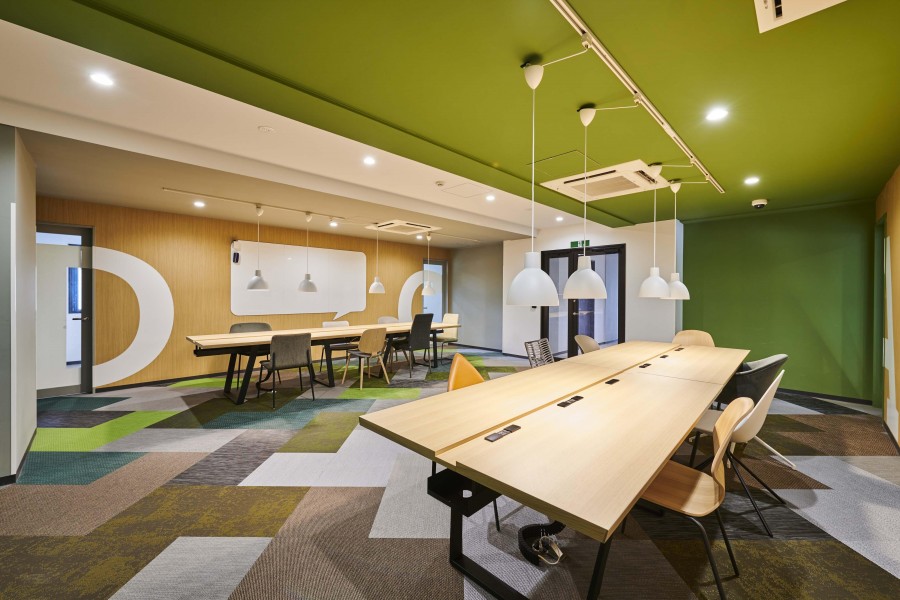
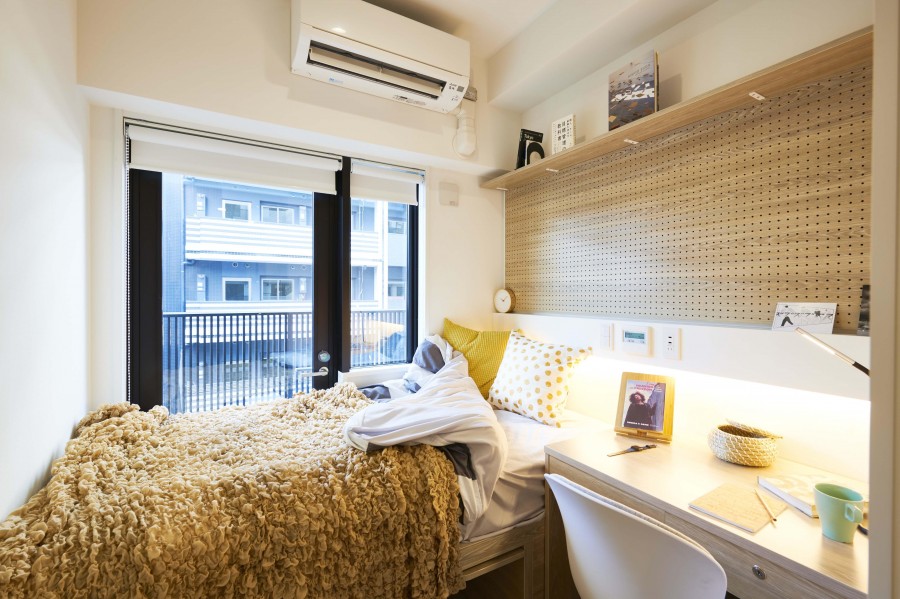
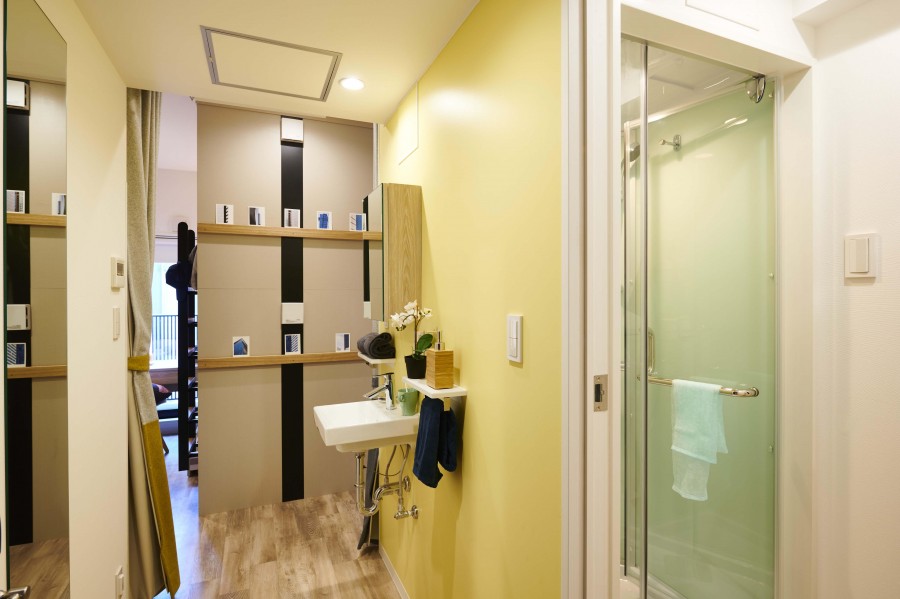
This is an extremely large share residence themed around "international exchange." It opened in 2020 in a residential area of Suginami Ward, a 5-minute walk from Kamikitazawa Station on the Keio Line. It’s operated by Uninest, a student residence brand from the UK, and was originally planned as a dormitory for international students. The building is 12 stories tall with a capacity of up to 326 people—a scale on a whole different level. Currently, about 40–50 people live here (temporarily lower due to the pandemic), including working adults. The biggest appeal is its extensive shared amenities: inside the building are a total of 7 kitchens of various sizes, expansive living & lounge areas, a theater room for watching movies, study or meeting rooms, and even a game room with a pool table and ping-pong table. It’s as diverse as a university campus. On weekends, resident-initiated events often pop up organically, and the community is very active—some even say "everyone knows each other and gets along well."
Private rooms come in three types: single rooms, double rooms, and 6-person dormitory rooms, but the most common are the single rooms. Each is compact at around 8–12 m², but they’re outfitted with a mini-fridge, air conditioner, bed, desk and chair, and a closet by default. On top of that, each room has its own shower and a toilet with bidet, so all the wet areas are completely self-contained. This level of outfitting is almost unheard of in share houses, and residents appreciate that "having your own toilet and shower in your room is truly a godsend." Cooking is done in the shared kitchens on each floor, so even when the building is full, it doesn’t get overly crowded. With students and professionals from all around the world living together, it offers a uniquely international atmosphere—you can experience something like living in an overseas dorm without leaving Tokyo. They also host events where English is used for communication, so it’s ideal for those looking to expand their global network.
>>In-Room Water Facilities<<
| Kitchen | Washbasin | Toilet | Shower | Bathtub |
| No | Yes | Yes | Yes | No |
| Property | : | KAMIKITA HOUSE |
| Eligibility | : | Students Only Co-ed OK Foreigners OK |
| Rent | : | 99,000 ~ 174,000 yen |
| Common Fee | : | 0 yen |
| Rooms | : | 326 rooms |
| Access | : | Keio Line "Kamikitazawa" Station - 5-minute walk |
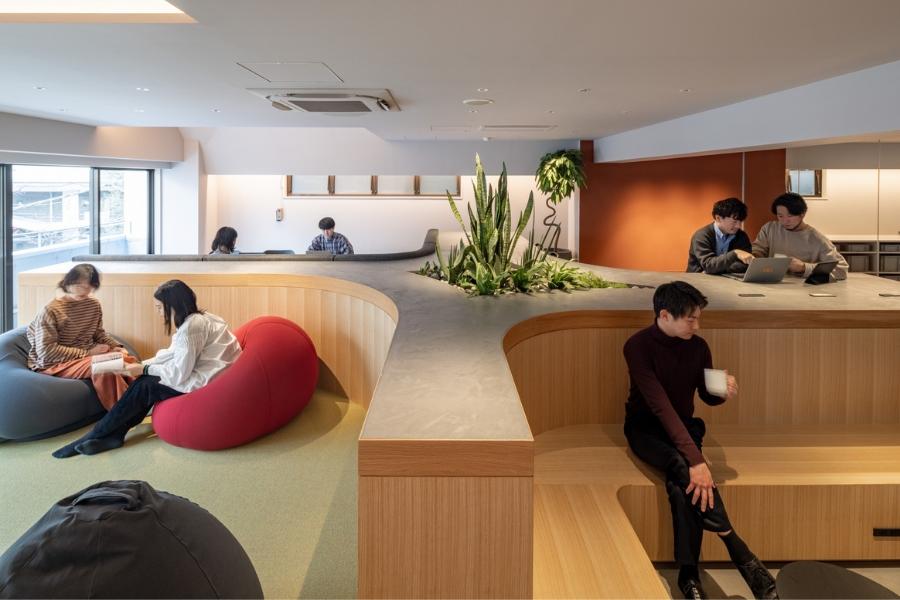

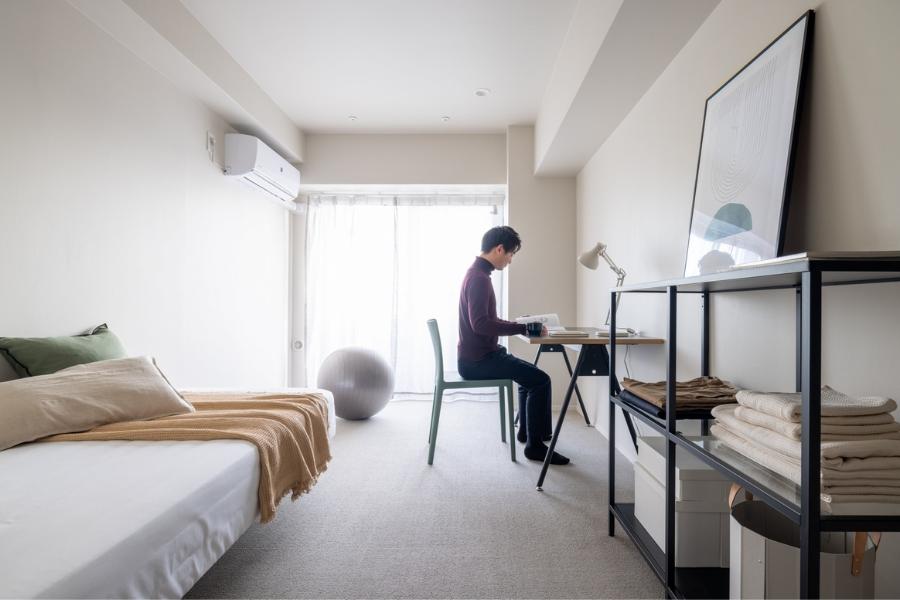

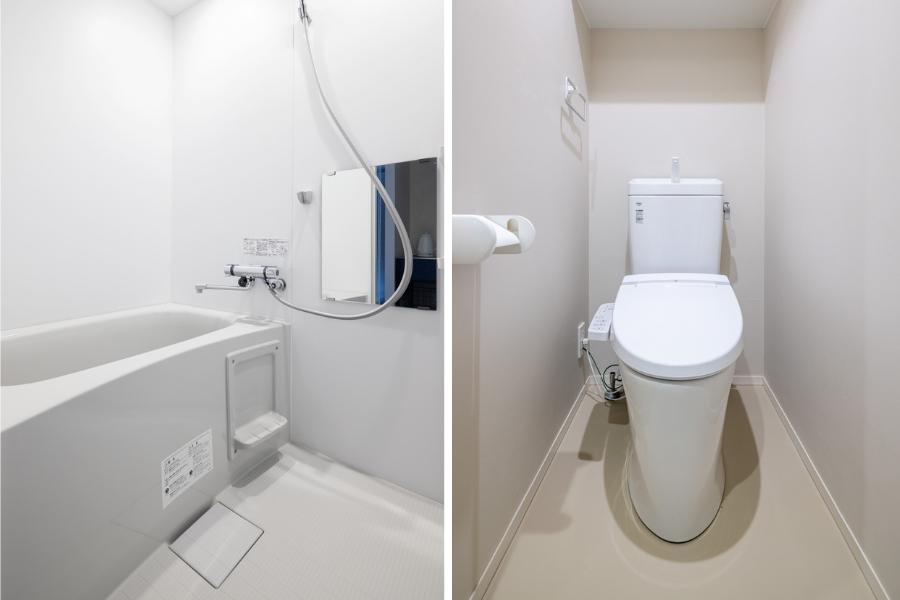
This is a “multi-functional community” rental housing project by ReBITA, a pioneer in renovation rentals. Located a 4-minute walk from Hasunuma Station on the Tokyu Ikegami Line and just 7 minutes on foot from JR Kamata Station, it underwent a full renovation in February 2023. The building was originally a one-room apartment complex, now converted to offer spacious private studios of about 19.4 m² each, combined with enhanced shared spaces. The common areas feature an open lounge with a cafe-like vibe and a large shared kitchen where residents can cook and socialize together. On the second floor, there’s even a personal gym and sauna exclusively for residents; by signing up, you can exercise or enjoy a sauna session without ever leaving the building. The concept is to propose a lifestyle that allows you to “deepen” your well-being even if you’re busy—come home, work out, and refresh yourself right away.
Each private unit is a completely self-contained studio, comparable to a typical one-room apartment. Every room includes a unit bath (with tub), toilet, separate washbasin, and even its own washer hookup, so you can live comfortably with full privacy. Cooking is expected to be done in the shared kitchen on the second floor. The shared kitchen is outfitted with a commercial-grade gas stove and expansive counters, and each resident has their own assigned food storage box—an extravagant cooking environment that would be hard to have when living alone. Each room also comes furnished with a bed, storage, AC, and refrigerator, allowing you to start a new life almost like you would in a hotel. With rents around 90,000 yen (plus a 10,000 yen management fee)—roughly the same range as nearby studio apartments for singles—you get all these extra benefits, which means a richer living experience for the cost. It’s a next-generation renovated rental perfect for health-conscious professionals who also enjoy community.
>>In-Room Water Facilities<<
| Kitchen | Washbasin | Toilet | Shower | Bathtub |
| No | Yes | Yes | Yes | Yes |
| Property | : | Well-Blend Kamata |
| Eligibility | : | Co-ed OK Foreigners OK |
| Rent | : | 90,000 yen |
| Common Fee | : | 25,000 yen |
| Rooms | : | 46 rooms |
| Access | : | JR / Tokyu Lines "Kamata" Station - 6-minute walk |

SHARE PARADE(シェアパレード) の運営責任者です。「EDIT YOUR LIFE ― 今の暮らしをちょっと変えてみる」を合言葉に、**コミュニティのある暮らし(Community Living)**を中心としたシェアハウスを紹介しています。2011年の立ち上げ以来、東京全域で800件以上を現地取材。私自身も一人暮らし/シェアハウス/ルームシェア/ソーシャルマンションを一通り経験しており、一次情報と体験の両方を基準にサイトを運営しています。「住む場所が変われば、ライフスタイルも変わる」。コミュニティがある暮らしの楽しさと安心を、もっと当たり前の選択肢に――それがSHARE PARADEの役割であり、私のミッションです。 I am the administrator of the website 'SHARE PARADE.' Under the motto “EDIT YOUR LIFE—make a small change to your everyday,” we feature share houses centered on community living. Since our launch in 2011, I have visited and reviewed more than 800 properties across Tokyo. I’ve personally experienced living alone, in share houses, in room shares, and in social apartments, and I run the site based on both first-hand information and lived experience. I believe that when your home changes, your lifestyle changes too. My mission—and SHARE PARADE’s role—is to make the joy and peace of mind of community living a more everyday choice.